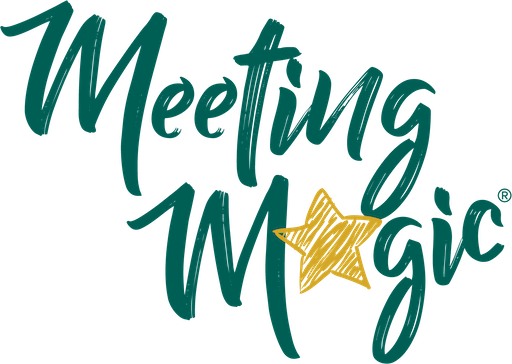Making the invisible visible: learning to see and work with human dynamics is at the heart of all work on culture
Human system dynamics, the subtle yet potent forces that shape interactions between individuals, remain largely unseen within the fabric of most organisations. These dynamics encompass elements such as trust, power, conflict, and emotions – intangible yet omnipresent factors that significantly influence how people work together and organisational culture. Despite their undeniable influence, these dynamics often go unnoticed, leaving organisations unaware of the core components of culture and ill-equipped to navigate them.
The invisibility of these fundamentally human forces is partly because is calls for a completely different view of organisations. Margaret Wheatley refers to this as Paradigm Blindness, the tendency to filter out anything that does not align with our existing worldview, further exacerbating this invisibility. The pervasive mental model is that organisations are machine-like with people as components. When we see organisations as living human systems, then the importance of understanding human dynamics becomes clear.
In recent years, there has been a growing awareness of the significance of these intangible forces, evidenced by the increased use of culture surveys and the implementation of culture change projects. However, the prevailing approach to culture change remains rooted in outdated paradigms, treating organisations as mechanistic systems and overlooking the intricacies of human dynamics. Structural changes alone cannot address the underlying dynamics at play; instead, a shift in mindset, skillset, and toolset is required to effectively navigate human system dynamics.
One of the fundamental challenges we face is the lack of mainstream education around human dynamics. Concepts such as trust, essential for effective collaboration, are seldom addressed in traditional education or even management development programmes. While informal interactions at coffee machines and social activity may develop trust to some extent, they fall short in providing a reliable foundation for group development, particularly in times of crisis when trust can break and needs to be redeveloped.
Trust is just one example of the intangible energies that underpin effective collaboration. To create healthy workplaces where people thrive, we must invest in the invisible work of human dynamics. This entails developing our capability to navigate trust, power, conflict, and other essential elements of group dynamics.
However, there is a deeper layer to this invisible work – the transformational potential it holds. By making the invisible visible, we unlock new possibilities for cultural change and healing within groups. Through relational work, groups can transcend conventional facilitation and harness collective superpowers – the power to change culture and the power to create healing through belonging.
In essence, the invisible work of human dynamics is both a challenge and an opportunity. By embracing its significance and committing to its exploration, organisations can cultivate environments that are not only productive and innovative but also inclusive and deeply enriching for all individuals involved.
